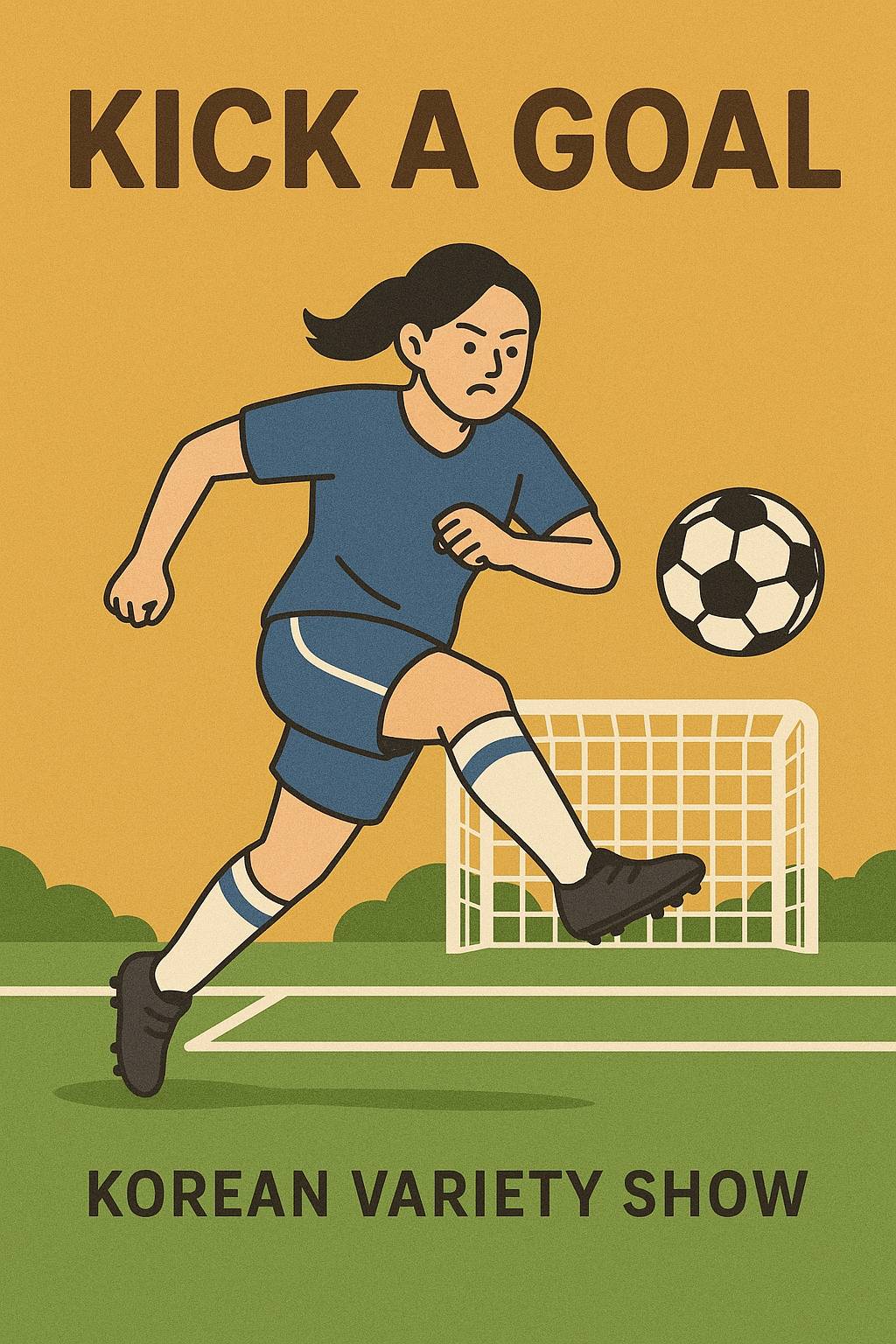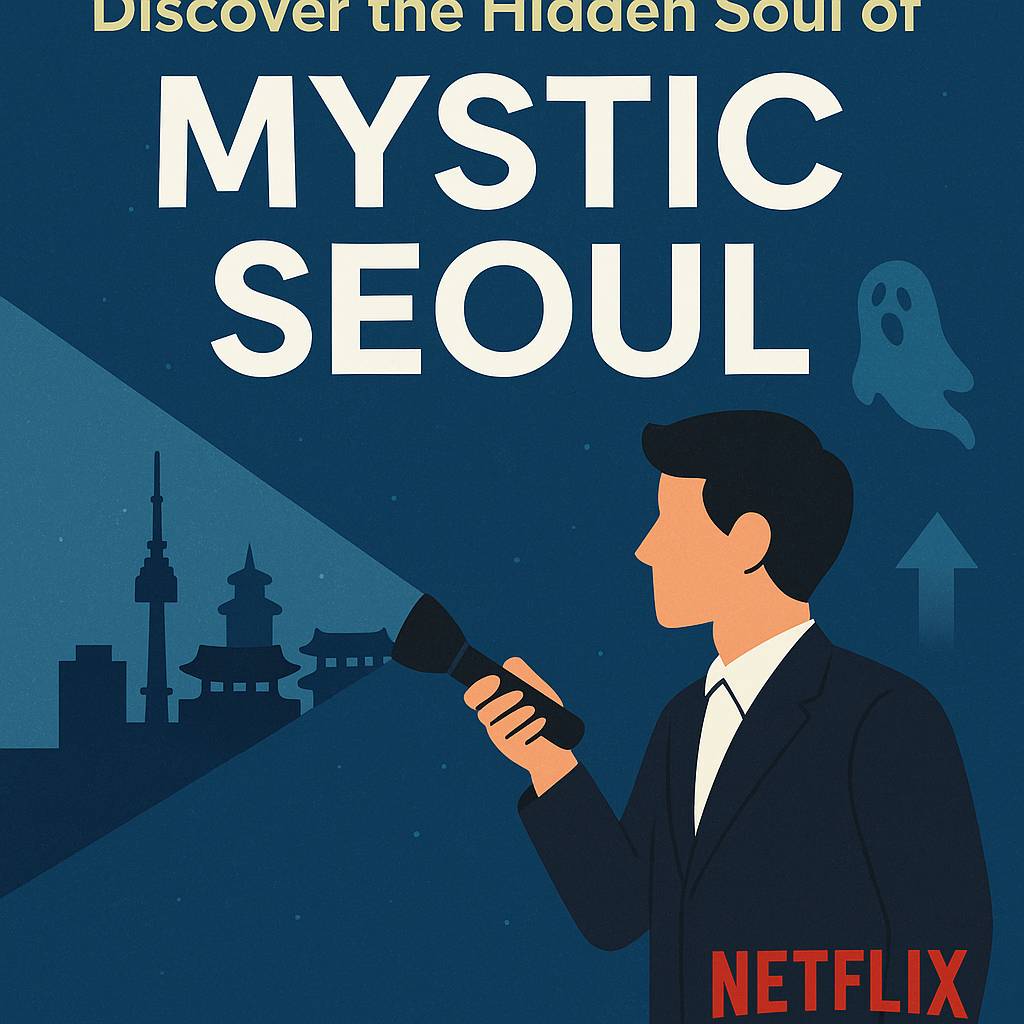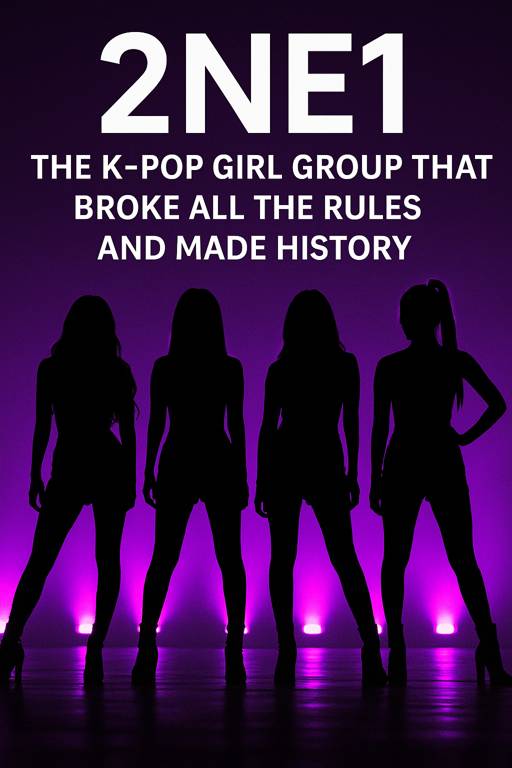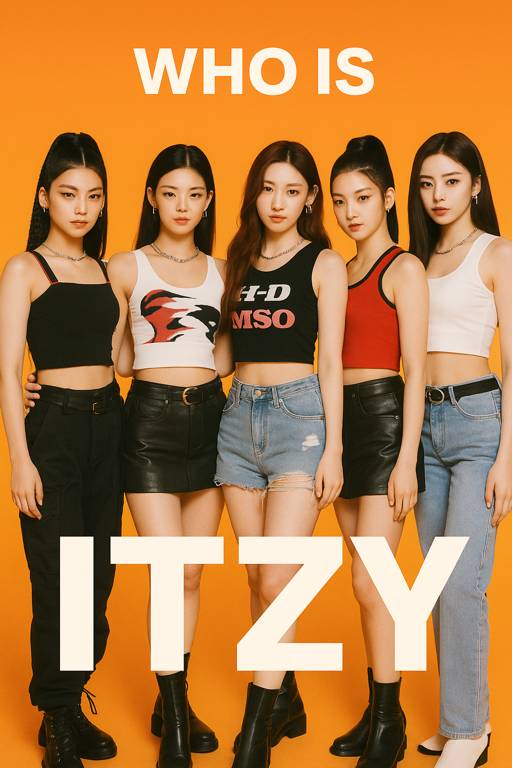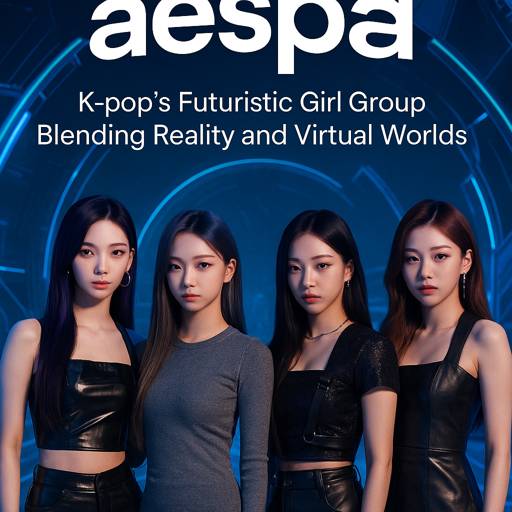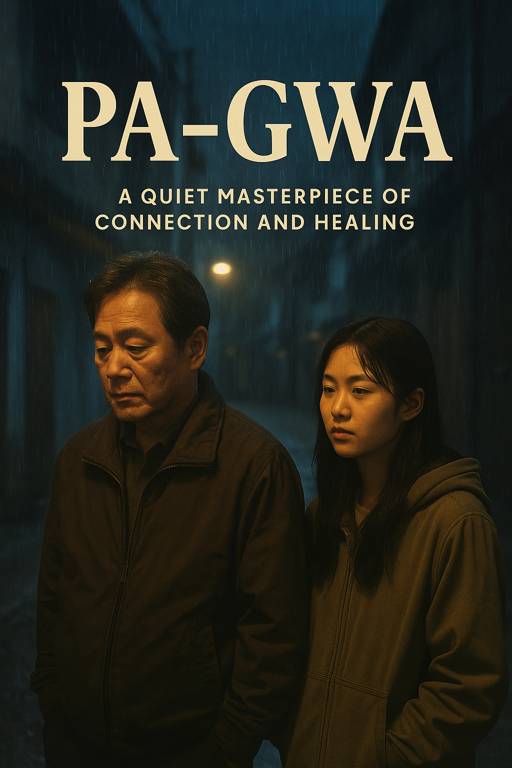Introduction: More Than Just a Variety Show
In the world of Korean variety television, new concepts are born every season. Few have achieved the cultural impact of SBS’s “골 때리는 그녀들.” It is officially known in English as Shooting Stars FC or Kick a Goal.
This show blends real competitive sports, celebrity entertainment, and female empowerment. It has emerged as one of Korea’s most refreshing and inspiring programs. From emotional victories to hilarious missteps, Shooting Stars FC reminds us that sports can be funny and fierce. They can also be incredibly moving, especially when played from the heart.
Concept Overview: Stars Who Kick, Not Pose
The premise is simple but groundbreaking: female celebrities with little to no football experience are grouped into teams. Professional male coaches train them. They compete in real soccer matches against one another in a league format.
Participants include K-pop idols, actresses, comedians, models, and even news anchors. Many of these individuals have never been seen in a sports context before. Through rigorous practice, on-field drama, and emotional growth, they transform from amateurs to surprisingly skilled athletes.
The Structure: Season by Season Growth
- Weekly Matches: Each episode typically features one match, complete with pre-match training, strategy meetings, and post-match analysis.
- Team Rotations: Teams evolve each season with new members and reshuffling, keeping things fresh.
- Professional Coaching: Each team is mentored by a male coach, often a retired professional player or sports analyst.
What sets this apart from other sports-themed shows is that the matches are real and competitive, not staged for comedy. Injuries, tears, triumphs, and teamwork are all very real—and that’s what hooks the audience.
Empowerment on the Field
In a country where male-dominated sports still hold the spotlight, Shooting Stars FC is paving the way. They play a crucial role in breaking gender stereotypes.
Participants often begin the show with zero confidence or athletic background. They evolve week by week. They grow not just as players. They become resilient, powerful women who learn to push past mental and physical limits.
One of the most touching aspects of the show is how often players say things like:
“I never thought I could do this.”
“I used to think sports weren’t for me.”
“Now I understand what it means to be part of a team.”
These moments resonate with both male and female viewers. They have inspired many fans to reconsider their own relationship with physical activity, teamwork, and self-worth.
Humor, Humanity, and Heart
Shooting Stars FC is rooted in competition. It is also filled with the hallmarks of great Korean variety shows. These include relatable humor, awkward blunders, over-the-top reactions, and clever editing.
Players often miss the ball entirely or accidentally score an own-goal. The early matches are lighthearted and chaotic, but they are always in good spirit. The show never mocks the players; rather, it celebrates their effort, their courage, and their willingness to try.
As players grow, so do the emotions. Viewers become deeply invested in the outcome of each match, cheering like real fans. It’s not unusual to see cast members and audiences cry after a loss or a hard-fought win.
Standout Cast Members
Over multiple seasons, many celebrities have earned recognition not just as entertainers, but as respected athletes in their own right.
- Lee Hanee – Actress and former beauty queen who shocked viewers with her grit.
- Choi Yeo-jin – Known for her relentless hustle and passion on the field.
- Shin Bong-sun – A comedian who became a fan-favorite for her leadership and emotional resilience.
- Bada (S.E.S) – Brought maturity and focus to the game.
- Park Sun-young (actress) – Showed how discipline leads to drastic improvement.
These cast members represent more than just fame—they symbolize growth, effort, and heart.
Cultural Impact and Viewer Reception
Since its premiere in 2021, Shooting Stars FC has steadily grown in ratings and critical acclaim. It has been praised for:
- Promoting women’s sports in an accessible and entertaining format
- Encouraging fitness and confidence among viewers
- Breaking the “idol as fragile” stereotype
- Offering role models for young girls who want to be both fierce and feminine
It’s no surprise the show has inspired local amateur women’s football teams, merchandise lines, and even spin-off programs.
Online communities buzz with match reviews, strategy analysis, and predictions—just like fans of professional sports leagues. This organic fan culture proves that Shooting Stars FC isn’t just a TV show—it’s a social movement.
Global Appeal: Why It Works Internationally
Even non-Korean audiences find the show compelling. Here’s why:
- Minimal language barrier: You can understand the game even if you don’t speak Korean.
- Universally relatable emotions: Trying something new, failing, getting back up.
- Diverse cast dynamics: Watching celebrities outside their comfort zone is fascinating.
- High-quality production: The visuals, sound effects, and editing are top-notch.
International fans often express admiration for the genuine effort participants put in. They appreciate how real the competition feels compared to scripted reality shows.
Final Thoughts: When Fun Meets Fierce
Shooting Stars FC proves that variety entertainment doesn’t have to be shallow or mindless. It can entertain, uplift, and inspire—all while showcasing the beauty of teamwork and perseverance.
Whether you’re a fan of Korean variety, women’s sports, or stories of personal growth, this show delivers an impact. It provides a powerful kick—straight to the heart.
